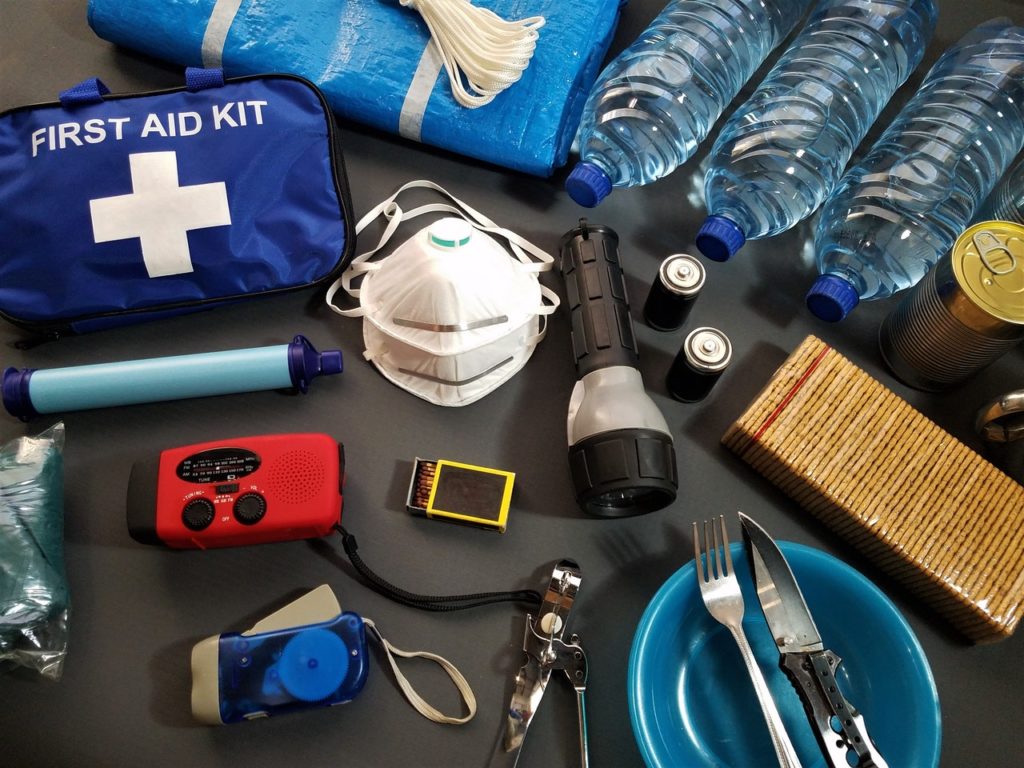In the world of business, adaptation and agility are cornerstones of running a successful enterprise and organization. This isn’t a surprise when hundreds of companies are constantly looking for an advantage over other competitors. Although many companies and corporations will have control over some critical changes in their organization to help employees work faster, some problems are beyond the company’s reach, such as natural disasters.
Natural disasters can significantly impact many businesses, especially in coastlines and low-lying areas prone to flooding and blackouts from electrical outages. In fact, it’s known that some of the major hurricanes in the coastal areas of the United States caused many businesses billions of dollars worth of revenue. That said, we must consider good disaster preparedness.
What Does Good Disaster Preparedness Mean?
But before we discuss what some essential steps that we can take towards good disaster preparedness are, we have first to define what good disaster preparedness is in the first place. How does a company know that they’re ready for disaster preparedness?
Many businesses in the country will usually call meetings after major natural disasters such as hurricanes, tornadoes, and blizzards. Although some of these disasters might not directly affect daily operations and communications of the organization, being able to discuss what could be done if the disaster does happen in the location. This is especially useful in preparing for the worst-case scenario.
Many of these brainstorming sessions will usually lead to “simulations” where employees and much of the workforce will need to act out specific scenarios. This can help the management discern some weaknesses in their organization in terms of response, which can help with future issues and disasters.
However, it’s essential to keep in mind that good disaster preparedness shouldn’t mean that necessary changes can be done right after a natural disaster. Instead, good disaster preparedness means that organizational changes should be done proactively. Although some disasters might knock your business out for a day or two, especially in terms of power outages, some disasters could cause millions of dollars in damages. Remember: prevention is better than reacting to problems.
Good disaster preparedness has been quite crucial in the past year. 2020 has seen the rise of COVID-19 cases, which were first detected in Wuhan, China. The steady rise of cases still relevant today has resulted in many businesses migrating to an online platform rather than a traditional retail set-up. Many of the usual conventional stores that refuse to prepare for the social and economic changes from the pandemic had to close down due to the sudden decrease in foot traffic.
That said, good disaster preparedness means that businesses will need to make necessary changes to their organization even by expecting worst-case scenarios. By proactively preparing for such events, damage can be mitigated while ensuring that daily operations are not hindered.
With all of that said, what are some critical strategies that can help in good disaster preparedness? Here’s what you’ll need to know.

Identifying the Risks
The first step towards good disaster preparedness will come in the form of identifying potential risks. Your organization must start identifying large-scale risks and disasters that might threaten your business.
This can come in many forms, including the sudden proliferation of highly contagious diseases, hurricanes, extremely cold or hot weather conditions, seismic activity, high winds, uncontrollable wildfires, and flooding.
For small businesses that are only situated in a single town or area, identifying risks won’t necessarily take a long time. However, many business organizations have branches in different regions with different weather conditions and topographical risks. If this is the case, you might want to get a risk assessment table, which is an excellent way of identifying different risks and outlining a plan. Fortunately, the one by the Federal Emergency Management Agency (FEMA) can help mitigate damages from natural disasters.
It’s important to note that many of the risks that we have enumerated can lead to daily business operations being hindered when electrical outages can happen due to disrupted energy infrastructures. If you want to maintain business continuity, you might want to consider getting emergency power supplies and equipment that can keep servers and equipment running. To mitigate fall risks and physical hazards in the workplace, you might also want to consider getting emergency responsive light bars. These lights are a great way of guiding employees during emergencies.
Formulating a Comprehensive Plan
Organizations need to start developing a comprehensive business plan that can help in responding to these disasters. Businesses might want to place a single person in this position since having a dedicated coordinator will help deal with any situation. Most would suggest having one person for any working site.
However, if your organization is large, you might want a committee to decide on these matters. Companies will need to start adapting depending on the situation at hand. If possible, companies can give workers options to work from home since this can mitigate any risk of going outside or equipment being damaged due to these disasters. Ultimately, your disaster plan will depend on the context of the situation and the nature of your industry.
There are a variety of ways to prepare for natural disasters. Still, it’s important to remember that this will ultimately depend on your area and the type of disasters that are the most prevalent. But even though your organization might just be preparing for a calamity, having a versatile and well-rounded emergency management plan can save your organization and potentially the lives of your employees. Remember: safety and precaution should always come first.

